
Franz Schmidt, also Ferenc Schmidt was an Austro-Hungarian composer, cellist and pianist.
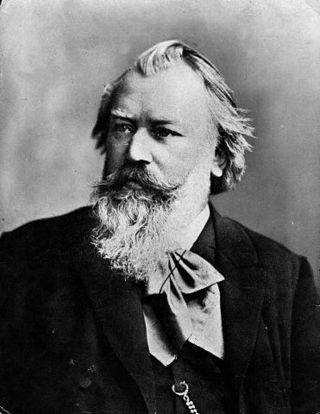
Johannes Brahms was a German composer, pianist, and conductor of the mid-Romantic period. Born in Hamburg into a Lutheran family, he spent much of his professional life in Vienna. He is sometimes grouped with Johann Sebastian Bach and Ludwig van Beethoven as one of the "Three Bs" of music, a comment originally made by the nineteenth-century conductor Hans von Bülow.

Carl Czerny was an Austrian composer, teacher, and pianist of Czech origin whose music spanned the late Classical and early Romantic eras. His vast musical production amounted to over a thousand works and his books of studies for the piano are still widely used in piano teaching. He was one of Ludwig van Beethoven's best-known pupils and would later on be one of the main teachers of Franz Liszt.
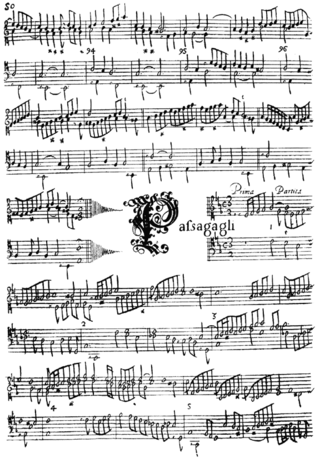
The passacaglia is a musical form that originated in early seventeenth-century Spain and is still used today by composers. It is usually of a serious character and is often based on a bass-ostinato and written in triple metre.
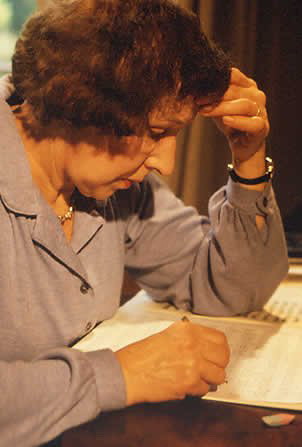
Rosemary Isabel Brown was an English composer, pianist and spirit medium who claimed that dead composers dictated new musical works to her. She created a small media sensation in the 1970s by presenting works purportedly dictated to her by Claude Debussy, Edvard Grieg, Franz Liszt, Franz Schubert, Frédéric Chopin, Igor Stravinsky, Johann Sebastian Bach, Johannes Brahms, Ludwig van Beethoven, Robert Schumann and Sergei Rachmaninoff.
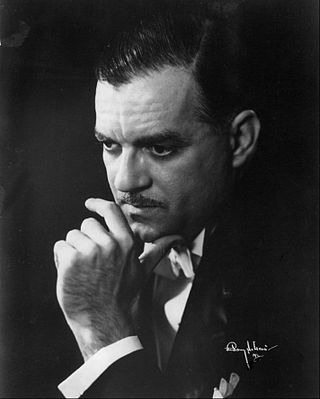
Jorge Bolet was a Cuban-born American concert pianist, conductor and teacher. Among his teachers were Leopold Godowsky, and Moriz Rosenthal – the latter an outstanding pupil of Franz Liszt.
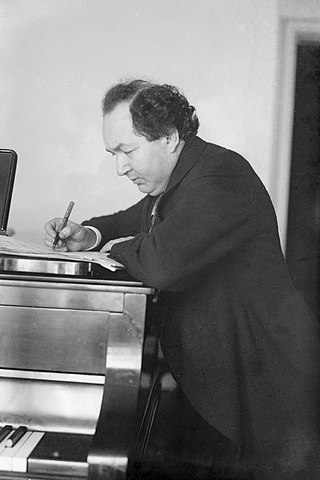
Leopold Mordkhelovich Godowsky Sr. was a Lithuanian-born American virtuoso pianist, composer and teacher. He was one of the most highly regarded performers of his time, known for his theories concerning the application of relaxed weight and economy of motion within pianistic technique – principles later propagated by his pupils, such as Heinrich Neuhaus.

Marc-André Hamelin, OC, OQ is a Canadian virtuoso pianist and composer who has received 11 Grammy Award nominations. He is on the faculty of the New England Conservatory of Music.
In music, variation is a formal technique where material is repeated in an altered form. The changes may involve melody, rhythm, harmony, counterpoint, timbre, orchestration or any combination of these.

Karl Tausig was a Polish virtuoso pianist, arranger and composer. He is generally regarded as Franz Liszt's most distinguished pupil and one of the greatest pianists of all time.

Franz Schubert's Symphony No. 8 in B minor, D. 759, commonly known as the Unfinished Symphony, is a musical composition that Schubert started in 1822 but left with only two movements—though he lived for another six years. A scherzo, nearly completed in piano score but with only two pages orchestrated, also survives.
Ronald James Stevenson was a Scottish composer, pianist, and writer about music.
D minor is a minor scale based on D, consisting of the pitches D, E, F, G, A, B♭, and C. Its key signature has one flat. Its relative major is F major and its parallel major is D major.
Sergio Fiorentino was a 20th-century Italian classical pianist whose sporadic performing career spanned five decades. There is quite a bit of footage of his playing that survives, in addition to audio recordings. Recently, a complete concert recorded on video in 1994 has surfaced.

The Studies on Chopin's Études are a set of 53 arrangements of Chopin's études by Leopold Godowsky, composed between 1894 and 1914. They are renowned for their technical difficulty: critic Harold C. Schonberg called them "the most impossibly difficult things ever written for the piano." Several of the studies put the original right-hand part into the left hand; several others are for the left hand alone. Two of the studies even combine two études; the better known of these, called "Badinage," combines both the G♭.
Harold Morris was an American pianist, composer and educator.
Francesco Libetta is an Italian pianist, composer and conductor.
David Saperton (1889–1970) was an American pianist known especially for being the first pianist to play the entire original compositions as well as the complete transcriptions of his father-in-law, Leopold Godowsky. He also recorded a number of Godowsky’s Studies on Chopin's Études as well as other pieces. His students at the Curtis Institute of Music and later include Jacques Abram, Jeanne Behrend, Jorge Bolet, Shura Cherkassky, Sidney Foster, Julius Katchen, Seymour Lipkin, William Masselos, John Simms, Abbey Simon, Eleanor Sokoloff, Dorothy Wanderman, Alan Weiss, and Frances Ziffer. As a pianist he is regarded as a great dramatist, a sensitive poet, and superb colorist.
Carlo Grante is an Italian classical pianist. Born in L'Aquila and graduating from the National Academy of St Cecilia in Rome, he performs classical and contemporary classical music. His discography consists of more than 50 albums.












